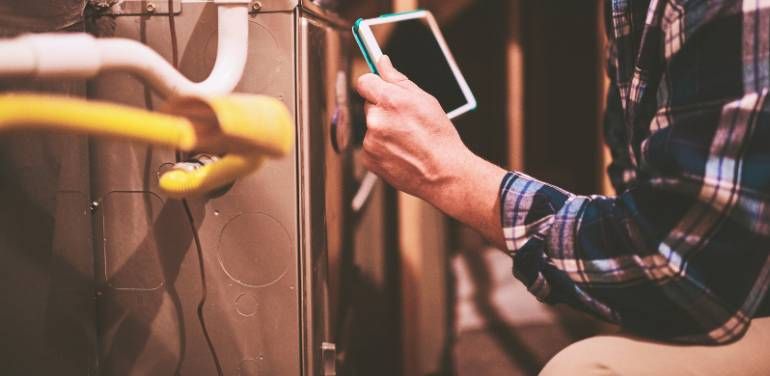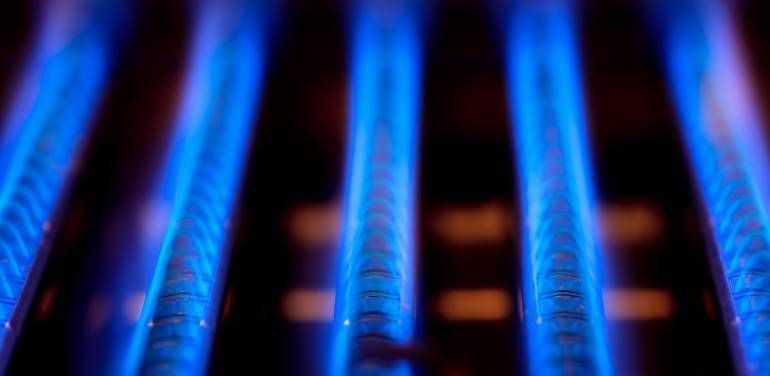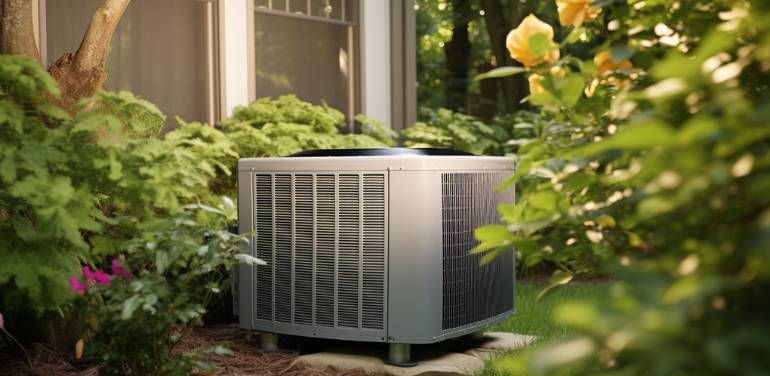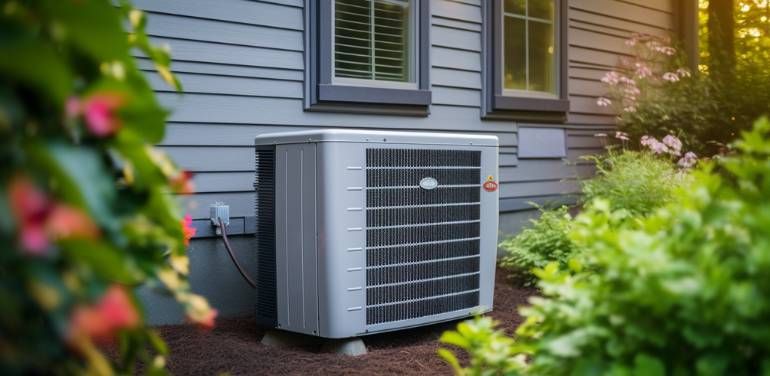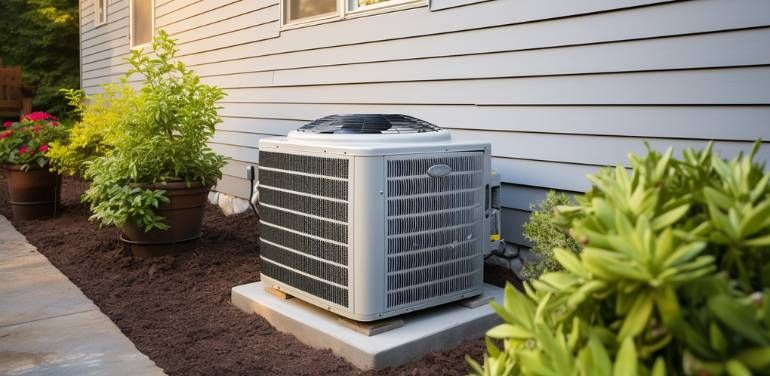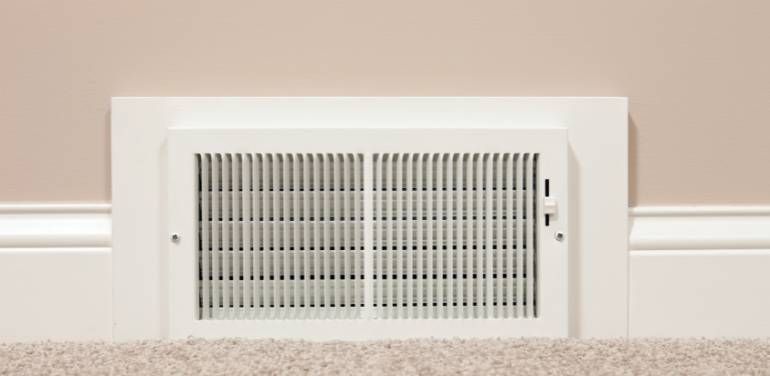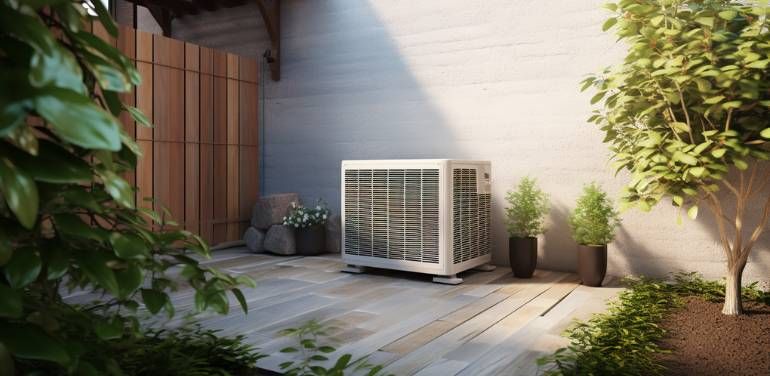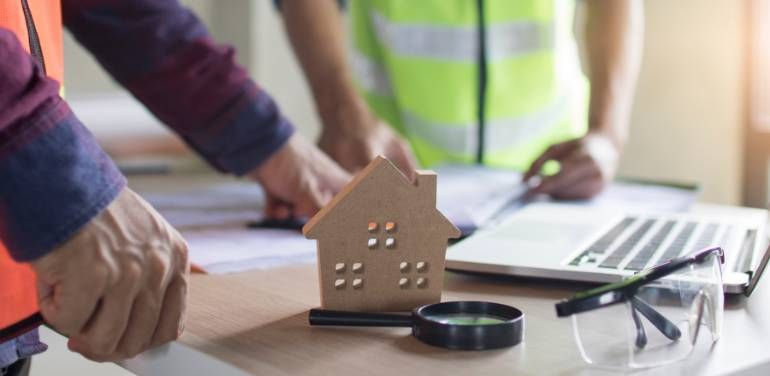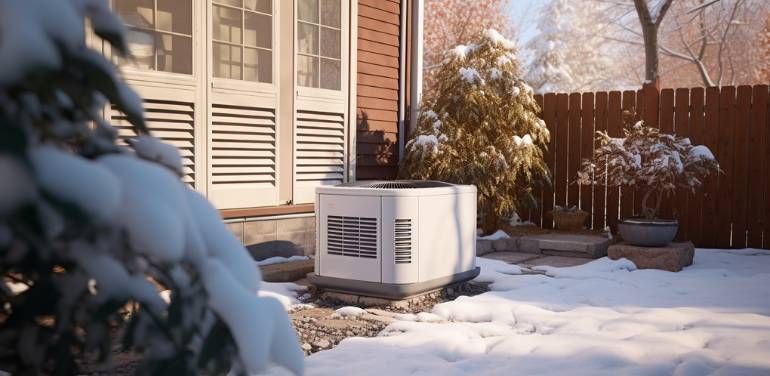How does an air conditioner work?
How does an air conditioner work?
An air conditioner works by lowering the temperature and humidity of the air in a home or business. As part of a central heating and cooling system, it draws heat energy out of the house and transfers it to the outside air.
STEPS OF HOW AN AIR CONDITIONER WORKS
1. Air Conditioner Compressor
In a split system (traditional air conditioning system), the compressor condenses refrigerant from a gas state to a liquid state. The compressor then sends the liquid refrigerant, which has built up heat energy to the condenser coil.
2. Condenser Coil & Condenser Fan
A condenser coil works and looks much like the radiator of a car. The condenser coil receives the refrigerant from the compressor, and with the help of the condenser coil and condenser fan, the refrigerant is then cooled down and turned into a saturated liquid. A condenser coil gets rid of the heat by using the airflow of the condenser fan. Once the refrigerant is sent thru the condenser coil it then travels to the evaporator coil.
3. Evaporator Coil & Indoor Fan Motor
The evaporative coil’s job is to evaporate the liquid refrigerant into a gas. This process happens by your indoor fan motor blowing the warm humid air of your home (your return ducts) across the coil. When the warm air goes across the coil it will produce condensation (just like if you pull a soda can out of a refrigerator on a warm day). The liquid refrigerant that was sent indoors from the condenser is then “evaporated” into a gas.
The condensation is actually the humidity of the air in your home. The water is then sent down a condensate drain and removed from the home. The air, which has traveled across the evaporative coil is now lower in temperature and is dryer than the home. This cool air is then sent thru the ducts of your home to make your home the coolest house on the block!
4. The Refrigerant Cycle Repeats
The gas refrigerant from the evaporative coil is then sent right back outside to the compressor to repeat the cycle over and over. No refrigerant is lost in the process and never will be unless you have a refrigerant leak! If you have to add refrigerant to your system it is wise to call a HVAC contractor to repair your air conditioner.

